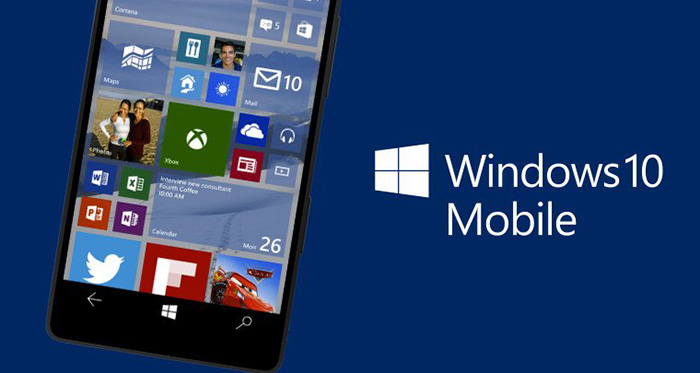If you’re a Windows 10 Mobile device user, you’ve probably been forced to oscillate between believing that the W10M ecosystem will live on, and being told that this lovechild of Microsoft’s romance with smartphones has reached the end of its natural life. With Microsoft not stating the obvious, there’s no clear indication of which way things will eventually swing for Windows 10 Mobile. Or is there?
Let’s be clear about one thing: there’s a big difference between Windows 10 Mobile, the operating system, and Windows 10 Mobile devices. Although the two go hand in hand, we need to understand that they are two separate entities.
First, we’ll look at the OS itself.
On the one hand, Windows 10 Mobile is getting fewer key updates of late, and has officially been parked in the Feature2 branch of new builds. On the other, there is highly reliable insider information that Microsoft is working internally on hardware for a new version of Windows 10 Mobile. That does indicate an ‘end of the line’ type of situation for the current version. That’s unless Microsoft decides, at some point, to revive it and change the build branch.
And that brings us to devices running Windows 10 Mobile.
Over the past several iterations of W10M, several devices have been left out of receiving any further updates automatically. Case in point is Windows 10 Build 15063, which officially upgraded all eligible devices to Windows 10 Creators Update at the beginning of April this year.
You must note here that “eligible devices” is the operative word, because even though the build was for PC and mobile, not all mobile devices were able to get the supported update automatically. Lumia 1520, for example, was completely left out, as were 430, 435, 735, 830 and so on.
And it’s not over yet. That scenario will assuredly play out again when Windows 10 Fall Creators Update comes in the…well, in the fall.
So now, on one side we have a parked mobile OS, and on the other we have a diminishing set of devices eligible for future updates.
On the plus side, users on the Windows Insider program can still keep getting cumulative updates per Microsoft’s Lifecycle policy, but the devices have been sidetracked to such a great degree that it doesn’t really matter whether the OS is alive or dead anymore.
And that’s the big truth Microsoft is hiding in plain sight: that the majority of users of current Windows 10 Mobile devices have reached their high point, and it’s all downhill from here. While Microsoft doesn’t (and probably won’t) say that W10M is dead, what else could it imply?
As to why Microsoft is slowly choking off support for the whole Windows 10 Mobile ecosystem – both and OS and devices – that’s possibly related to their original objective of Windows 10 being a device-agnostic operating system. Though they’ve been saying that for years, there’s little to speak of on the devices front. True, UWP apps do work on all types of devices, but the breadth and diversity of available devices is highly limited at this point.
This year, a lot of things will change. Microsoft will release its Windows 10 on ARM devices at the end of the year, Windows 10 Fall Creators Update could once again leave additional devices out in the cold, and the current Windows 10 Mobile ecosystem might see a further phasing out to make way for the new Windows 10 Mobile.
This transitional period is very crucial for the company. They’re simultaneously attempting to blur the line between desktop and mobile versions of Windows 10, while not trying to upset the current mobile user base too much. That tightrope walk is exactly what’s leaving Windows 10 Mobile users in the dark about the future of their platform.
But things have gone far beyond speculation now. The death of Windows 10 Mobile is almost a certainty, but the heart (devices) could give out before the brain (OS), forcing current W10M users to do one of two things: upgrade to a Windows 10 on ARM device, or upgrade to a device that will support the new Windows 10 Mobile when it comes.
Eventually, if you want a smartphone-like device running Windows 10, you’ll have no choice but to upgrade to one of those two device types. Further down the road, Microsoft will want to merge those two ecosystems as well, but that will take a few years.
For now, if you own a smartphone that supports the mobile version of Windows 10 Creators Update, just pray that you’ll be including in the next major update coming later this year. Beyond that, you’re probably out of luck.
Thanks for visiting! Would you do us a favor? If you think it’s worth a few seconds, please like our Facebook page and follow us on Twitter. It would mean a lot to us. Thank you.



